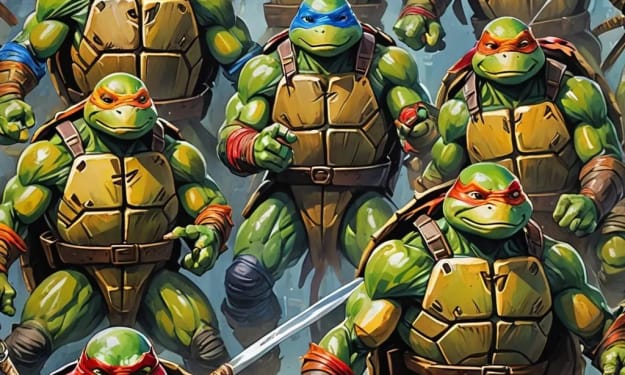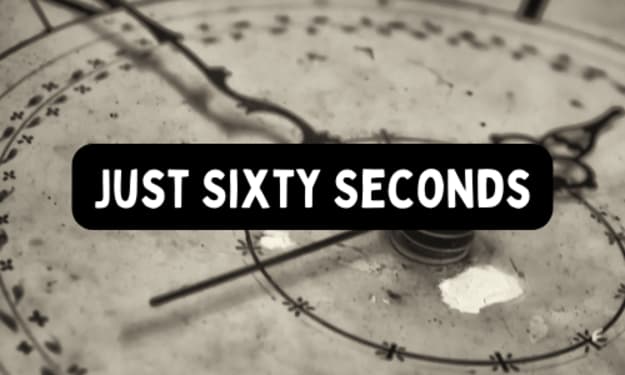5 Famous Artists Who Camouflaged Themselves in Their Own Paintings
Playing hide-and-seek with the viewer

Before impressionism and modernism took over, artists were never keen to draw their self-portraits. Unlike Rembrandt, Van Gogh, Picasso, or Frida Kahlo who had a panache to feature themselves in their own canvasses, the 16 & 17th-century artists never took the spotlight. Rather, they camouflaged their identity within the paintings - almost like a signature to endorse the artwork. Sometimes, artists deliberately used this technique to convey complex narratives which they could never portray since most of these artworks were commissioned by patrons with a different ideology or by the iron-handed church.
In a nutshell, they loved playing hide and seek!
This article would delve into 5 famous artists who hid self-portraits in their own artworks.
1. Michelangelo's The Last Judgment

It is a known fact that Michelangelo was condemned by the Catholic Church for painting nude sculptures and paintings of biblical figures and their patron saints. As an artist, Michelangelo had to abide by the set protocols of the papacy.
But the Renaissance master cleverly tried placing his own elements in The Last Judgement fresco for the altar wall of the Sistine Chapel - Saint Bartholomew, the martyred Saint, sitting on the cloud after he had been flayed (skinned alive). A closer look at the flayed skin shows the distressed self-portrait of Michelangelo.
Just as Bartholomew is waiting to discover his fate, Michelangelo seems to anticipate if he is off to heaven or hell after his disagreements with the Church.
2. Caravaggio's David with the Head of Goliath

David with the Head of Goliath portrays the biblical story of a young shepherd, David, who cuts off the head of a giant, Goliath. The young hero is holding Goliath's tresses with blood dripping down from his sliced throat.
Rather than depicting a jubilant gaze on David's face, he is apparently sad holding Goliath's head. This shows an unusual psychological bond between the two. The bond became more complicated when Caravaggio sketched himself as Goliath. Scholars believed that the face of David most plausibly referred to his on-time student and alleged lover Cecco.
3. Clara Peeters's Still Life with Cheeses, Almonds and Pretzels


The Dutch still-life paintings might look simple and straightforward but often these paintings symbolized deep narratives on materialistic life and inevitable death. In Still Life with Cheeses, Almonds and Pretzels, Peeters illustrates an array of cheeses, twisted pretzels, almonds, and figs. But further magnifying the artwork and focusing on the lid of the brown ceramic jug near the goblet filled with wine, the artist has tactfully rendered her self-portrait.
4. Jacques-Louis David's The Coronation of Napoleon


Jacques-Louis David was a political activist more than an artist. He played a significant role in overthrowing the monarchy and was a loyal court painter in Napoleon's reign. The Coronation of Napoleon is a gigantic painting created by David recording the grand ceremony of Napoleon's coronation at Notre Dame. The artist attended the coronation live, painted the subjects appearing life-size, and captured the intricate details colorfully. David included himself in the painting, noting down the coronation details while sitting in the theater box.
5. Paul Gauguin's The Little One Is Dreaming

In an all-together bizarre approach to self-portrayal, Paul Gauguin concealed his identity in the painting The Little One Is Dreaming. In this artwork, he represented himself as a frightening jester doll beside the crib of a baby adding a shade of animation and intending it to be a child's dream. The doll adds a nightmarish element to the painting, more frightening than the dream itself.
References-
1. 8 Famous Artists Who Hid Self-Portraits in Their Paintings
About the Creator
Kamna Kirti
Art enthusiast. I engage with art at a deep level. I also share insights about entrepreneurship, founders & nascent technologies.
https://linktr.ee/kamnakirti







Comments
There are no comments for this story
Be the first to respond and start the conversation.